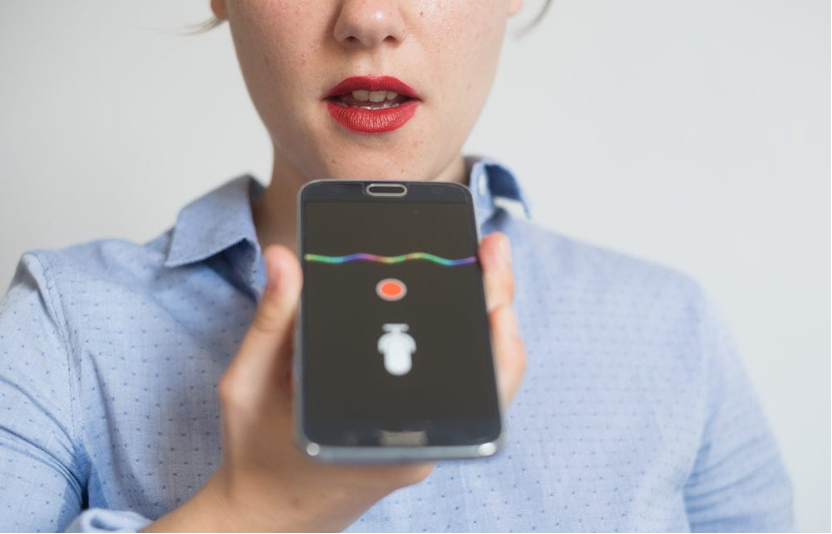
Chinese consumers are getting used to using voice technology for online shopping. During Alibaba’s previous 11.11 Global Shopping Festival, more than 1 million orders were placed via Tmall Genie’s voice-shopping feature. Data from Canalys shows that Alibaba sold 3.9 million smart speakers in Q3 2019. This insight gives us a pretty solid idea of which trend we need to pay more attention to at the beginning of 2021.
We have compiled some top Q&A lists from marketers to gain more insights to draft a winning marketing strategy.
1) How do consumers in China use voice technology as opposed to their counterparts in the West?
In China, voice technology is becoming ingrained in daily life, greatly fueled by the ease dictation provides, which is 2.8 times faster to dictate Mandarin and comes with a 63.4% lower error rate compared to the conventional typing method. English voice technology is even more efficient to dictate - it's three times faster with a 20.4% lower error rate.
Voice usage in Western markets is generally more concentrated in voice assistants. This is evident in the smart home space where 47% of voice users in China operate smart homes, compared with just 31% in the West
2) How often do consumers in China use voice technology to online shop?
26% of voice users we surveyed reported that they use voice technology when they want to make a quick purchase. Our research suggests that consumers in Asia, particularly in China, are open to making voice purchases.
81% of respondents reported using smartphone personal assistants, while only 28% reported utilizing smart devices — the category smart speakers fall into — which suggests that voice purchases are more likely to be done via smartphones than smart speakers.
Although Amazon recently announced that Alexa is now in 20,000 devices, China has been much quicker than the West at adopting smart devices outside the traditional smart speaker. This shows that smart device commerce in China will be an interesting area to watch in the coming months and years. Voice assistants paired with augmented reality (AR) and virtual reality (VR) will only further accelerate this trend.
3) Besides retail and e-commerce, what are some other big opportunities in voice for marketers?
Voice is the future of influencer marketing. Influencers are also engaging fans virtually and direct selling their fans through live selling platforms.
Other areas to look at will be the productivity and B2B applications in a smart office. Having a digital assistant that can fetch data without having to open a dashboard or application, schedule meetings or rooms and make calls can be a huge time saver. Think of the next stage of Google Duplex.
And lastly, voice search is a key area for brands. We found that 46% of voice users in China use voice search — it's a very large audience segment. Making sure your store or restaurant is recommended when people ask for nearby recommendations or ensuring your site sources the answer for a brand-critical question can have a lasting effect as voice SEO continues to gain popularity.



